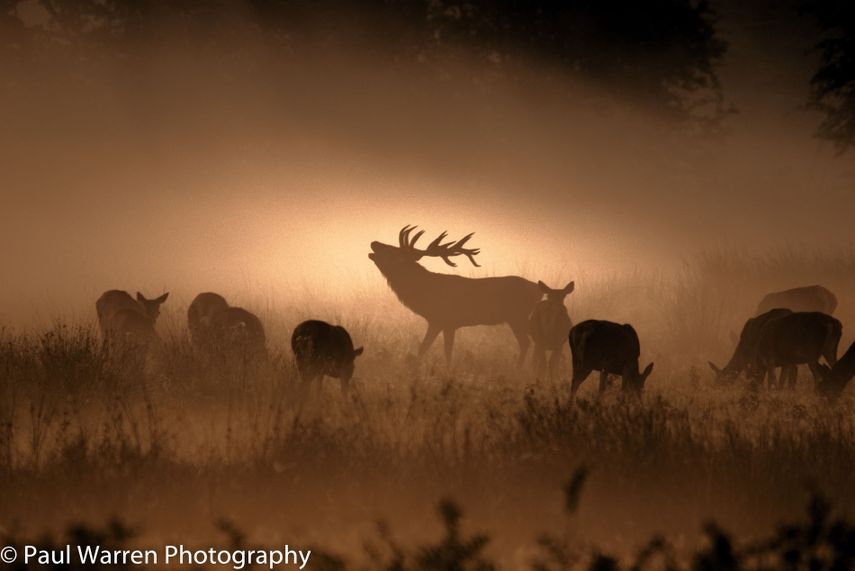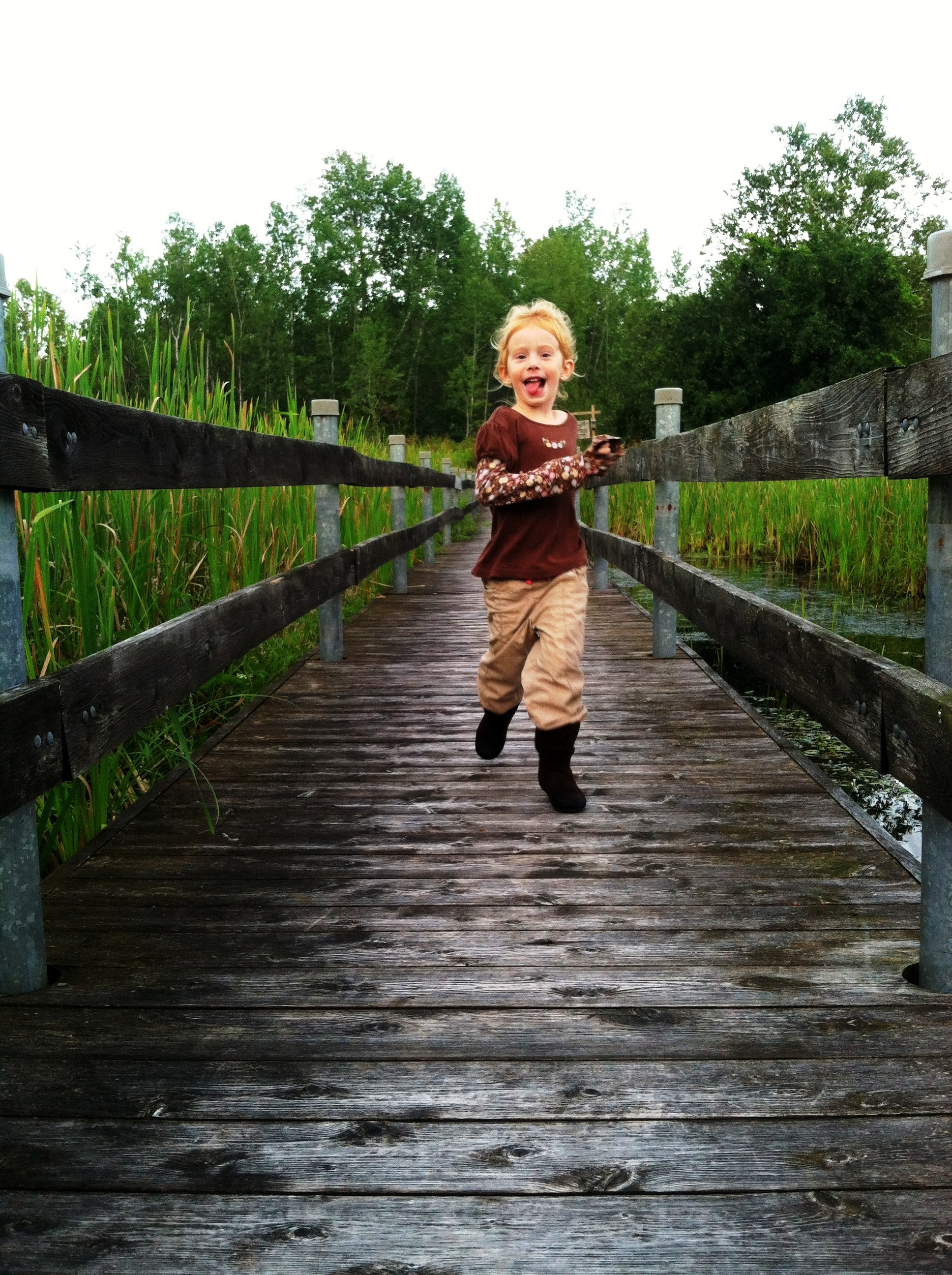

How did Klee create emphasis? Reflection Point (Assessment of Learning Objectives) What affects where your eye goes first? Size, contrasting color, shape or texture? There can be multiple correct answers. How can you find the focal point (emphasis) in a composition?

#FOCALPOINT DEFINITION IN ART PDF#
Print out “How to draw a salmon” PDF or copy onto a whiteboard to display steps for students. Post elements, principles and vocabulary words listed above. Advanced Preparationįind the images: The Goldfish (1925), Around The Fish (1926), or Fish Magic (1925) by Paul Klee to show the class. He finished over 9000 pieces of art in his lifetime. He taught art in Germany until he was forced to leave by the Nazi party. His artwork is a blend of Cubism, Surrealism and Expressionism. After that his paintings were usually very colorful. He was fascinated by the light and color there and it changed his artwork and style forever. This changed after a visit to the country Tunisia. His early works were mostly colorless drawings and etchings. He attended the Academy of Fine Arts in Munich, Germany. As a teenager he decided he liked drawing more than violin. He grew up playing the violin and drawing. Also see chiaroscuro, color, encaustic, highlight, monochrome, nuance, tone, and value.Paul Klee (1879-1940): Paul Klee was born in 1879 to a German father and Swiss mother. Chalkboard comes from the College of Art at Southern Arkansas University. It has an excellent page on color saturation and intensity. Failure to distinguish pastels (tints) from pastels (the medium) results in ambiguity.Other Internet resources concerned with tint: "Chalkboard" on color theory, painting materials and techniques. First employed metaphorically by American fashion writers in 1899, "pastel" in this sense might be understood in context, but art writers generally avoid this usage to prevent their readers' confusion. Something is tinted when color is added to it.When light is projected, its color can be tinted by sending it through a filter.The term "pastel" is used by some as a synonym for tints.

The tints made from those hues are above them.Tint can also refer to the name of whatever hue is dominant in a color. On the right, pure hues are marked by dots. Value changes from pure hues are called tints and shades. The illustration below diagrams colors of various values.

For example, white added to green makes a lighter green tint. A light value of a color, i.e., a light red as opposed to a shade, which is a dark value, i.e., dark red.A soft and light color one to which white has been added. Also, in a mixture of colors, the tint is the dominant color.Screening or adding white to a solid color for results of lightening that specific color. Sources: Ralph Mayer, "A Dictionary of Art Terms and Techniques" Kimberley Reynolds and Richard Seddon, "Illustrated Dictionary of Art Terms" (LPD)Term for a color lightened with white. For example, white paint has the tint of pink because of the addition of a small amount of red to white. Color variation that results from mixing the dominant color with a small quantity of another color.


 0 kommentar(er)
0 kommentar(er)
